
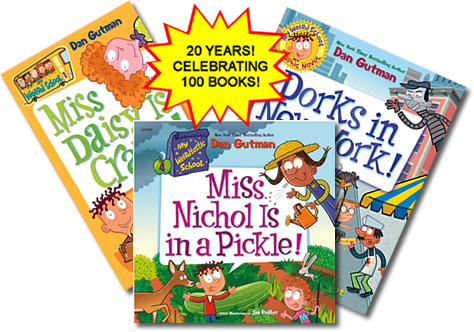

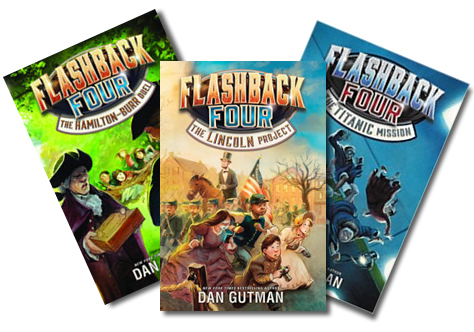
Flashback Four
(HarperCollins)
Four kids travel back in time to take photographs of things that were never photographed before. In #1, the topic is Abraham Lincoln delivering The Gettysburg Address. Perfect to go with your Civil War unit. In #2, they have to take a picture of the Titanic as it is sinking. In #3, they have to take a picture of Mt. Vesuvius as it is erupting. In #4, they have to shoot a video of the duel between Aaron Burr and Alexander Hamilton.


The Genius Files
(HarperCollins)
The story is about a cross-country trip, so you can use it to teach geography and mapping skills. The class can actually follow the characters on their journey by using Google Maps.

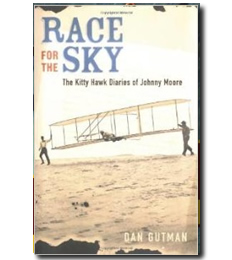
Race for The Sky
(Simon & Schuster)
This is the story of the Wright Brothers, told in diary-format by Johnny Moore, a boy who witnessed the first flight. Based on a true story. Great for a unit on science, aviation or inventors.

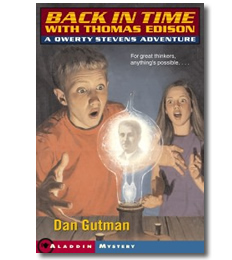
Back in Time with Thomas Edison
(Simon & Schuster)
This is the story of the Wright Brothers, told in diary-format by Johnny Moore, a boy who witnessed the first flight. Based on a true story. Great for a unit on science, aviation or inventors.

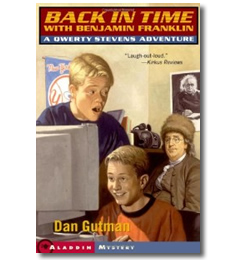
Back in Time with Benjamin Franklin
(Simon & Schuster)
This novel takes place on July 4th, 1776, and your students will be in the room with the Founding Fathers to witness the birth of the Declaration of Independence. Just the thing to liven up your discussion of The Revolutionary War.

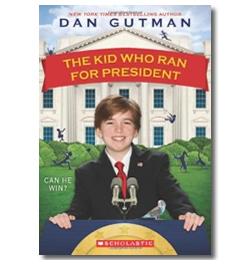
The Kid Who Ran For Presient
(Scholastic)
This novel about a boy who runs for President of the United States can be used to teach constitutional amendments, the Electoral College, and the whole process of how our country elects its President. It has been used by many teachers, especially in the Fall leading up to Election Day. The sequel (The Kid Who Became President) teaches a lot about the presidency.

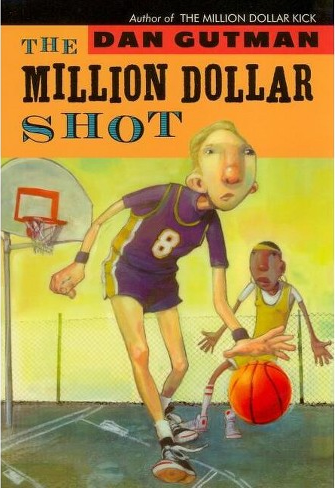
The Million Dollar Shot
(Hyperion)
Similar to The Kid Who Ran for President, the main character in this novel has tough choices to make. If he sinks a single foul shot at the NBA Finals, he will win a million dollars. If he misses it, he gets nothing. But he is offered a very attractive deal if he misses the shot on purpose. Should he take it?

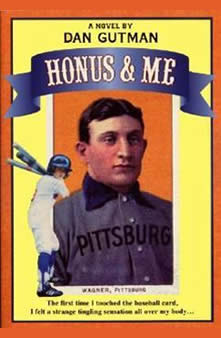
Honus & Me
(HarperCollins)
In this novel, a boy finds the most valuable baseball card in the world and goes on a time travel adventure with the great Honus Wagner. Teachers have used it to discuss moral choices with kids: should the boy have returned the card to its rightful owner? Kept it? Sold it? What would you do?

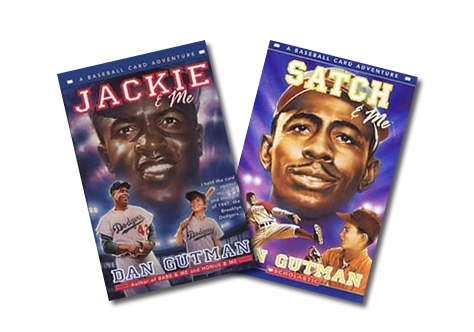
Jackie & Me/Satch & Me
(HarperCollins)
Prejudice, segregation, and racial issues are discussed in these two baseball card adventures that take place in the 1940s. Black History Month plays a part in Jackie & Me.

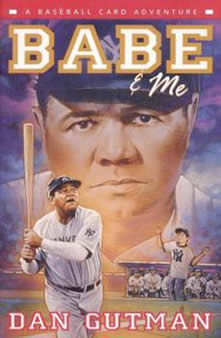
Babe & Me
(HarperCollins)
The story takes place in 1932, when America was in the depths of the Depression. Readers learn about that era, as well as about the seeds of World War II, Hitler, and the Holocaust.

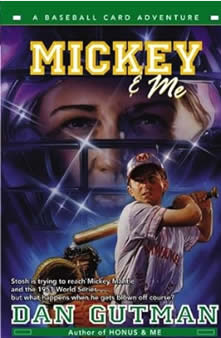
Mickey & Me
(HarperCollins)
Readers learn about the role women played back home during World War II.

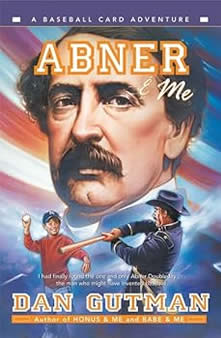
Abner & Me
(HarperCollins)
The story takes place in the 1860s. Readers will learn about the Civil War and the Lincoln assassination.

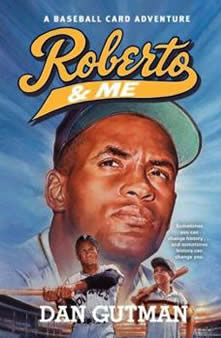
Roberto & Me
(HarperCollins)
Part of the story takes place in the future, where there has been an environmental disaster. Use it to have a class discussion about climate change, burning fossil fuels, the greenhouse effect, energy, and other environmental issues.

Tying in Sports in the Classroom
Sports can be a valuable tool that teachers can use to teach–almost surreptitiously–just about any subject. Here are a few suggestions from Dan on how you can use sports to help in your classroom.
Reading:
- Have the students read a newspaper article about last night’s game. Make up questions to test their comprehension of the article.
- Have each student read a biography of the athlete of their choice and give a written or oral report about the athlete.
- Create a find-a-word puzzle using names of athletes or teams.
Writing:
- Assign the class to watch a particular game on TV and then write about it as if they were reporters covering the game for a newspaper. Then compare their work with the way the real reporters covered the game in the paper.
- Have the kids write letters to their sports heroes. For current players, they can address letters in care of the team. A book called Baseball Address List has mailing addresses for 95% of living major league players. Contact Jack Smalling at: 2308 Van Buren Ave., Ames IA 50010. You may also want to invite a local athlete, sportswriter, or TV sportscaster to visit the class. Many will come, and at no charge.
Math:
- Many sports are games of numbers. Baseball is particularly dependent on statistics. Some students track them every day, and you can use stats to teach math. Here’s how to calculate a few common statistics…
- Batting average: Divide the number of hits by the number of official at-bats (walks, sacrifices, and hit-by-pitches don’t count).
- Slugging percentage: Add the number of bases a batter reaches on hits (singles = 1, doubles = 2, and so on) and divide that by the number of official times at bat.
- Winning percentage: Divide the number of victories by the total number of games.
Geography:
- Get a bunch of trading cards that have the athletes’ place of birth or hometown on them. Challenge the students to find those towns on a map. See which state produces the most football players, basketball players, and so on.
- Pick a bunch of sports teams in different cities and have the students decide which team they’d like to play for, based solely on geography. They’ll have to research each city. Or have them try to devise the shortest route connecting those cities.
History:
- The history of sport is the history of America. In the 19th century, baseball, football, and basketball grew up and spread across America thanks to the railroad and the Civil War. In the 20th century, sport played a big role in the move west and the civil rights movement. You’ll find background information in the dozens of books about Jackie Robinson and the Ken Burns book and video Baseball.
Science:
- Collisions involving balls, pucks, bats, racquets, and bodies can help students understand many scientific principles-aerodynamics, weather, velocity, anatomy, momentum, trajectory, gravity, acceleration, measurement, vibration, vision, and reaction time.
- You’ll come up with lots of ideas by scanning any of the following books: Sport Science (Dr. Peter Brancazio), The Physics of Baseball (Robert Adair), and Newton at the Bat (Eric Schrier and William Allman).
Art:
- Have the students create their own trading cards, using pictures they draw, cut out of magazines, or photos of themselves.
- The kids will probably also enjoy creating pennants or banners for a local high school or pro team.




